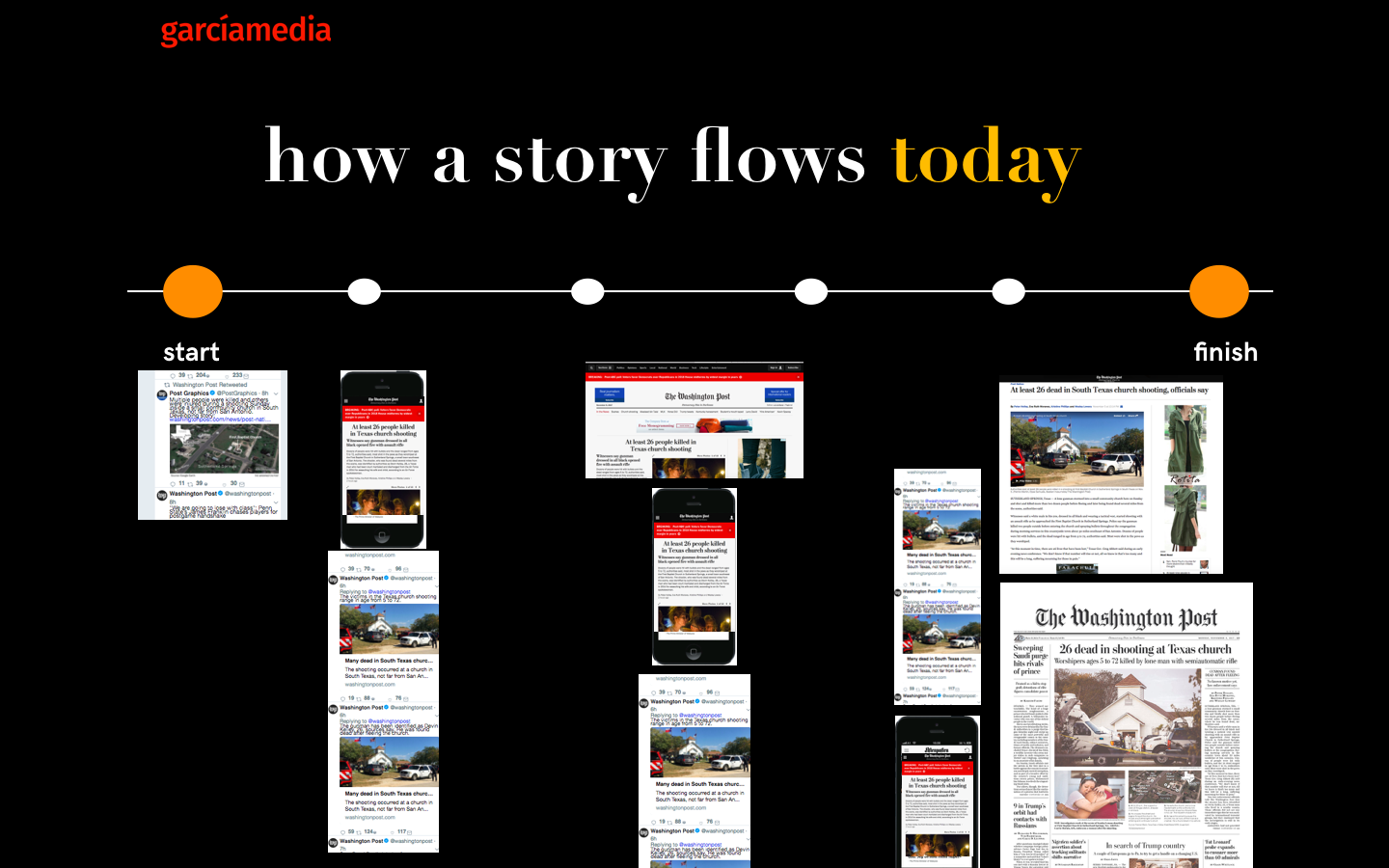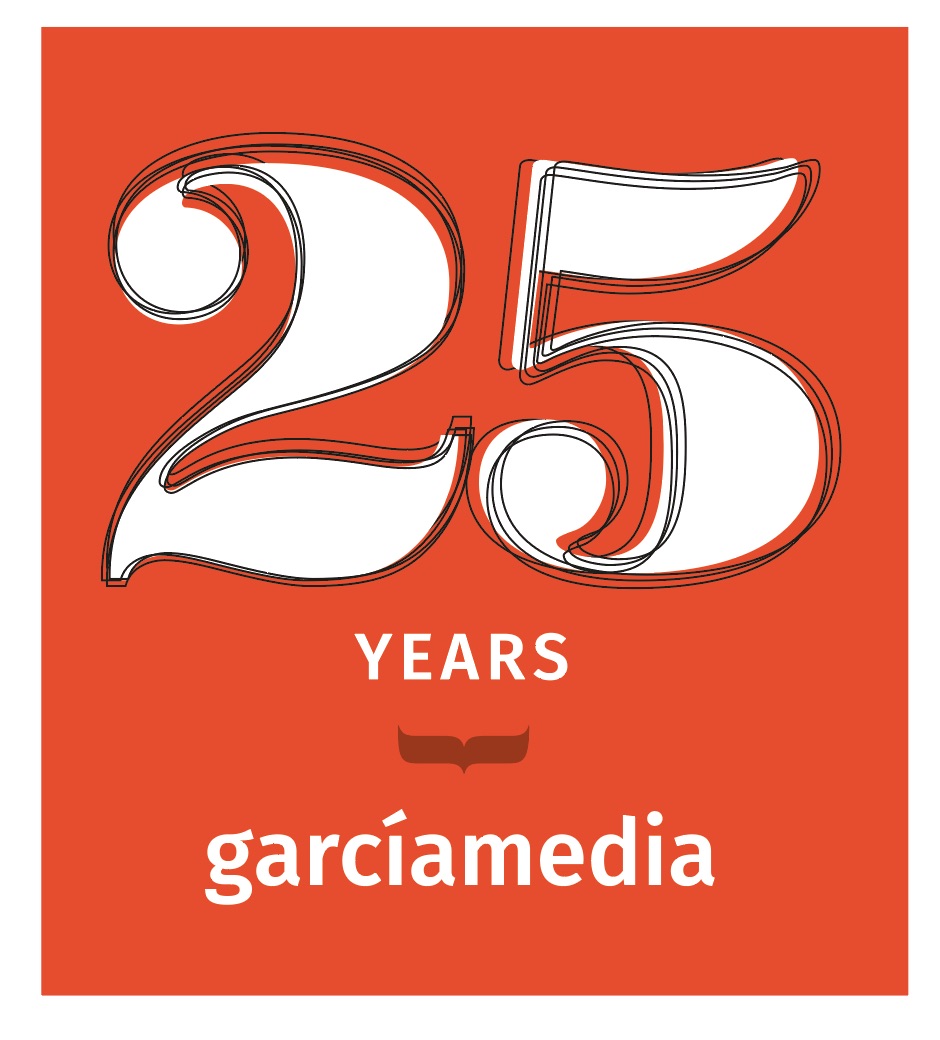Once upon a time, when I was a young reporter, life was much simpler, and there were definitely more sets of curious eyes evaluating and correcting our copy. Then I remember rushing to get the paper in the morning, to see if my byline was in the right place, and, then, how much of my original writing had survived the sharp pencils of those copy editors with detective eyes for misspelled words, incomplete sentences, dangling prepositions and split infinitives.
That was then. Today, unfortunately, the art of copy editing has died in many places or is on the way out in many others. Technology does not limit us at all. We can report using our smartphones, which are also photo and video cameras. We could be anywhere and stream our story live. The wonders of technology that keep us informed at all times.
Yet, in many newsrooms, the flow of a story follows traditional patterns.

In many newsrooms, editors are planning tomorrow’s newspaper.
I deal with this in my newsroom workshops weekly.
Let’s take a look at how The Washington Post had the recent story of the church shooting in Texas: it all began with a Tweet, the first reference to the story, with very little information, but enough to get us interested. Soon after that Tweet, there were the short online reports, followed by more social media, as the horrific story developed, all the way through updates and, of course, on the front page of the printed newspaper the following day.

The process
If you see the chart above, it is clear that someone in the newsroom has ownership of the story and is making sure that it follows a path of updates, as well as variety on how the information is presented at different times, from social media to more complete treatments, to photo/video presentations, to more traditional treatments with headlines and text.
For this to happen, the “traffic cop” that owns the story directs its path. Readers coming back to check the story appreciate the frequent updates, another reason to stay with your brand as it becomes essential.
Mario’s Speaking Engagements
Nov. 16-19, WAN IFRA Latin America, Buenos Aires, Argentina

April 18-19, 2018-–Newscamp ,Augsburg, Germany.

June 3-6, 2018—The Seminar, San Antonio, Texas.

Our digital transformation workshops

If you would like to find out more about our workshops for digital transformation, email me: mario@garciamedia.com
I will be happy to answer your questions and provide more information. Our workshops are offered in both English and Spanish.
